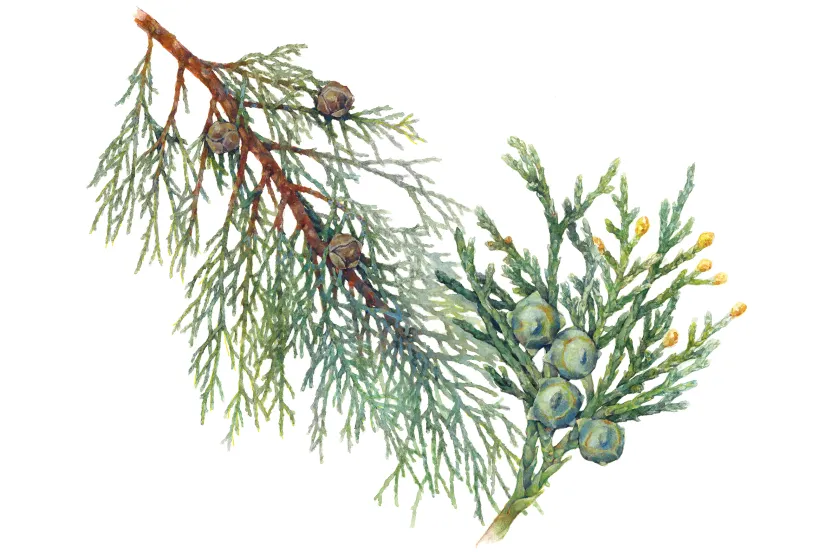Acer saccharinum
Silver maples, wrote naturalist Donald Peattie, “impart to every stream and bank where they grow, to every big red Hoosier barn and little white farmhouse, to all the village streets and the long straight roads where they have been planted, an air at once of dignity and lively grace, a combination rare in a tree as in a human.”
Elders among the silver maples are a friendly sight in communities throughout America. Their massive trunks remind us of how long they have stood there, providing a link with the past in a fast-paced world that seems ever looking ahead. Flashes of silver beneath their leaves signal updrafts and approach of rain, and their spring shower of large, twirling seeds is a delight to children.
Silver maples were a staple in many new towns and homesteads on the frontier. Their rapid growth provided quick shade — and they weren’t at all fussy about where they were planted. If there were heroes among trees, silver maples would certainly be candidates for a medal.
But times change. Silver maple has gotten into enough mischief that it is banned as a street tree in some communities. Its offense is that it grows so large, that if planted in a narrow tree lawn or too close to a building, it is inevitable that conflicts with concrete result. Its roots get into trouble too, where space is inadequate, and branches often break under the load of ice or snow. And to someone too old to delight in sticking jumbo seed pods on his nose, well, they are just plain litter.
Silver maple is truly a paradox, but under the right circumstances, its beauty, its spectacular growth rate, and its ability to tolerate poor growing conditions still make it a tree of choice.
A Tree Well Named
The common name for silver maple is highly appropriate. Whether referring to the color of its bark or the flashes of silver when a breeze turns up the underside of its leaves, the name is descriptive. Another name sometimes used is river maple, which is also appropriate given its natural habitat in the rich, moist soil of floodplains.
Acer is said to come from the Celtic word, ac, meaning “hard.” It is applied to the maple genus to denote the density of wood found in this group of trees. The species name, saccharinum, is a variation of the Latin and Green words for “sugar.” This, too, is descriptive, as the sap, must be boiled longer to bring it to the right level of sweetness we value at the breakfast table.
In the Landscape
The silver maple is the fastest growing of any maple species. It can easily reach 50 feet in height within 20 years. And thanks to the adaptability of the species, it has grown popular for sites too difficult for other trees to grow such as poor and compact soil, and hot, dry, conditions (hardiness zones 3-9).
Catch up on Red Maple: Sunset in the Forest




